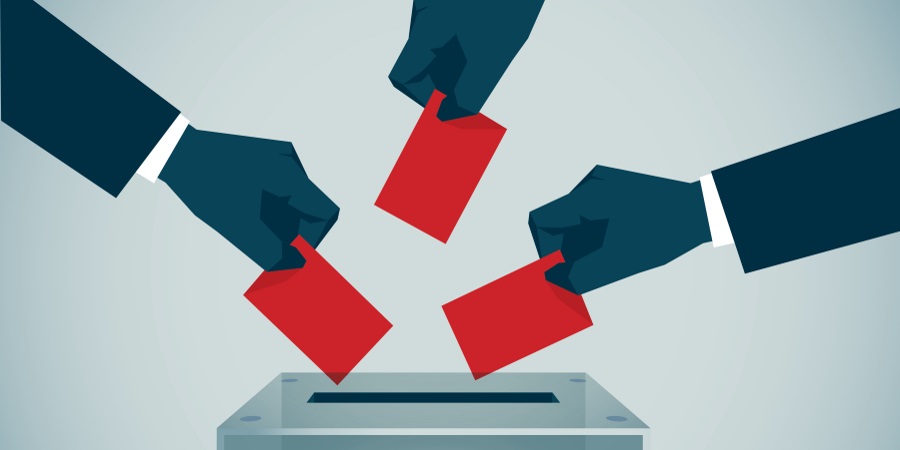
Adapted from Dr. Claes Fornell's book | February 13, 2018
The Satisfied Customer: Winners and Losers in the Battle for Buyer Preference
Companies should maximize the number of complaints, relative to the number of dissatisfied customers, because the opportunity costs of not doing so are higher than dealing with the complaint.
My doctoral advisor gave me a funny look when, many years ago back in Sweden, I told him about my findings. I had done the math. I had set up the right equations. I had taken the partial derivatives of just about everything. The answer was clear.
Profit maximizing firms should strive to maximize customer complaints.
"Is that what they taught you at Berkeley?" he asked.
It wasn't. I knew I was correct, but I had been too deep into the math to come up with a simple explanation. Once I was out of the trees and could see the forest, it became almost derisorily simple: Companies should maximize the number of complaints, relative to the number of dissatisfied customers, because the opportunity costs of not doing so are higher than dealing with the complaint. Simple economics.
Changes in the complaint volume say very little about customer satisfaction. While low complaint levels are often believed to indicate high customer satisfaction, it's even more common to interpret a reduction in complaints as an increase in satisfaction, sometimes to the point of setting objectives for lowering complaint volume.
Since it is in the interest of the firm to have buyers complain rather than go elsewhere, it is important to make it easier for and, as a matter of fact, encourage dissatisfied customers to complain. Too many companies do the opposite—reducing complaint volume by making complaining costly, difficult, or unpleasant.
This is a counterproductive and somewhat paradoxical objective. A change in complaint frequency cannot automatically be attributed to a change in customer dissatisfaction. A primary goal ought to be to reduce dissatisfaction (and increase satisfaction), but the complaint is an expression of a grievance with a product or the service accompanying it, or with any element involved in the consumer's shopping or purchase experience.
It doesn't necessarily involve the consumer's shopping or purchase experience. It doesn't necessarily involve a product malfunction or a breakdown, nor does it presume that a purchase has been made. Complaints can be about poor service, insufficient breadth or depth of merchandise, long waiting lines, limited parking space, impractical packaging, etc.
Except in cases of sheer frustration or complaining as a last resort, it is not likely that a consumer will complain to a company unless he or she expects the reward to be greater that the effort and perhaps the unpleasantness that may be involved. Most dissatisfied customers don't express their dissatisfaction by complaining.
Brand switching, patronage change, and purchase termination (often coupled with bad-mouthing the product or company) are much more customary expressions of dissatisfaction. This is particularly so in markets where competition is intense, many alternative suppliers are available, and where the products don't involve much emotional or financial commitment for the consumer.
Obviously, it is very difficult through complaint analysis to determine whether the opinions in the complaint are shared by a greater number of customers and whether they warrant management action in terms of altering or terminating a product, company policy, marketing program, advertising copy, etc. But they are early warning signals—quicker than marketing research and less costly than customer defection. Complaints hint at potential market problems; marketing research would be well advised to use complaints as a starting point in the search for causes and to correct mistakes.
Since it is in the interest of the firm to have buyers complain rather than go elsewhere, it is important to make it easier for and, as a matter of fact, encourage dissatisfied customers to complain. Too many companies do the opposite—reducing complaint volume by making complaining costly, difficult, or unpleasant.
Our research has shown that if complaints are well managed, the complaining customer may become a loyal customer. In addition, we will learn about problems that need resolutions. So that other customers may be spared.
CFI Group offers expertise in designing customer satisfaction experience measurement solutions that help you manage customer relationships. Contact us for more information on how we can help you effectively leverage customer complaints.
Other Resources
- Date
- September 7, 2023
by David Ham | September 7, 2023 With the amount of money involved in professional sports contracts, the current trend toward deeper analysis makes good business sense. However, […]- Date
- June 2, 2023
by David Ham June 1, 2023 I will start by stating the obvious, inflation is forcing consumers to make tradeoffs and difficult decisions. This puts businesses […]- Date
- August 1, 2022
by David Ham August 1, 2022 Five years ago, I wrote a blog that asked, Is This a ‘Hook-Up’ or a Long-Term Relationship? The post was […]- Date
- May 24, 2022
by Omar Khan May 24, 2022 A few years before getting my first job as a consultant, I spent a summer abroad in the United Arab […]





